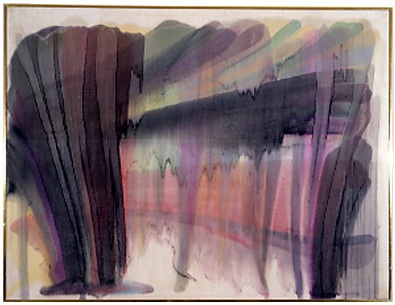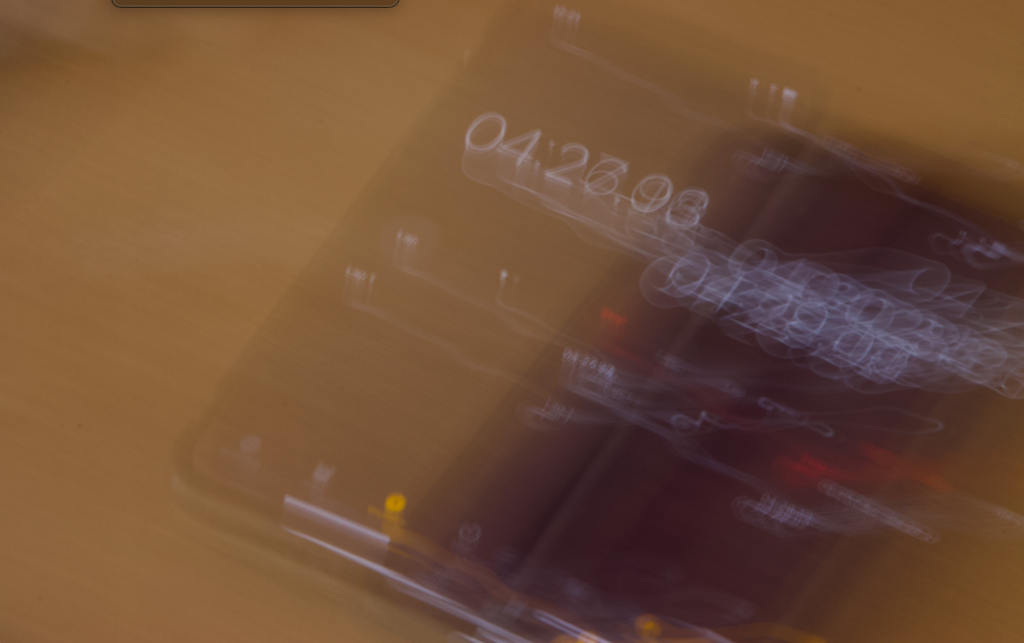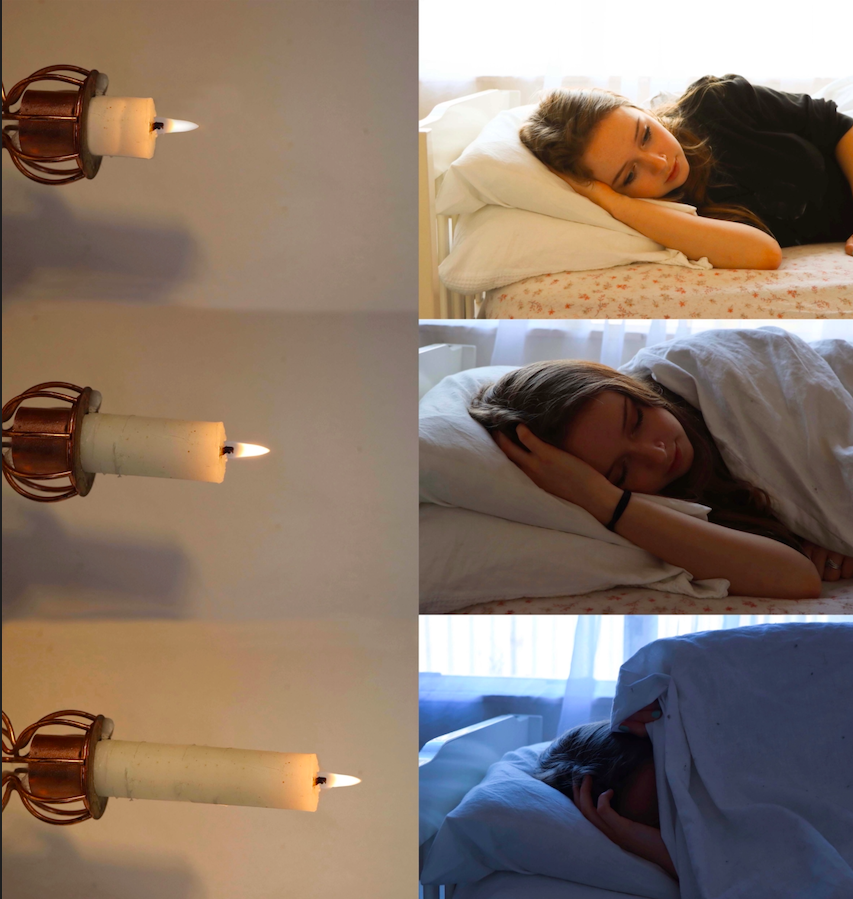

For this activity, we were given the brief to find 6 reference images and respond to them visually. For These my first two references I chose A photo with people and a photo without. I made sure that these images worked quickly and didn’t stay on one drawing for too long. I find that I always mess with my art until I feel like I have gone too far and that I like it before I carried on adding.
Another reason for working fast is the whole brief for these works references analysing the visual features of the original images. In the first image, I picked up on the combination of colours instead of focusing on the details of the flower I looked the how the colours interacted together. This also happen in the face picture I was more focused on the main features of the photo (eyes, nose and flowers) that the other details slowly worked out of the image. This visually responding deeply to one part reminds me of the artist Elisabeth Peyton. I did try using more detail in my pencil drawing but I think for the brief the more sketch-like ones work better. I also experimented with every medium I could find in my house.
In my next reference drawing, I want to change the perspectives more and change the scale I am working at. With these images, I find myself working small and on the same scale from work to work I did try and “zoom in” on one of my flower images but I feel with the face drawings I could have focused on different features.





























